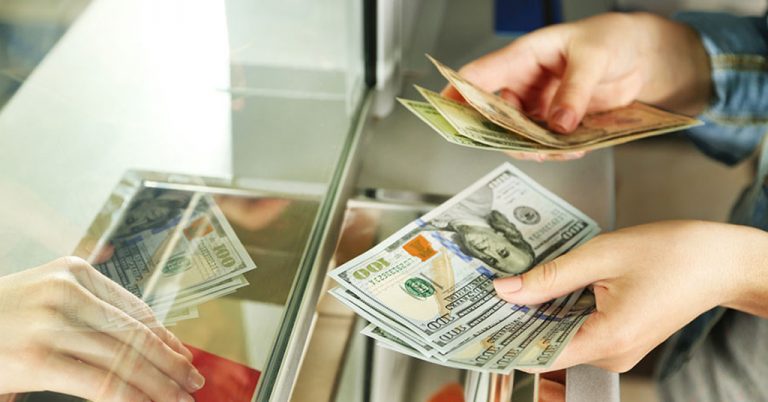
A reader, traveling from the U.S. to multiple European countries, wants to know the best place for exchanging U.S. Dollars into other currencies.
This got me reminiscing about the ‘old days’ when American Express Travelers Checks (Cheques) were the thing to get. Whether domestic or international travel, it was always fun adding my first signature to every check before each trip, excited for the adventure ahead.
It’s been years now since an Amex Travelers Check has been in my hands. They were getting harder and harder to use as stores just didn’t want to take them. Add these to the list of things our kids will never know.
Today I use ATMs for my cash needs when traveling, whether it be within the U.S. or around the world. I do not worry about having local currency for the moment I arrive in another country. I also bring along two or three credit cards (with chips) that do not have foreign exchange fees.
A few tips for each, starting with cash:
- I bring along two debit cards, in case one is not accepted or my withdrawal limit is exceeded.
- I keep each debit card in a separate place (one in my purse, the other tucked deep in a pocket in my laptop tote)
- I try to only use ATMs at banks or post offices as these ATMs are less likely to have number-stealing devices inserted into them, whereas standalone ATMs within hotels and tourist attractions are at higher risk. I will use an ATM at an airport only if I need cash for a taxi to get to my hotel or I arrive on a day when banks are closed; otherwise I wait until I can walk into a bank.
- I call my bank before I leave the U.S. to let them know I have international travel coming up. This helps prevent my card from being flagged as potentially stolen.
- I ask the hotel concierge or front desk on local customs for cash (if I haven’t already Googled this prior to my trip). They’ll be able to tell me whether credit cards are the norm everywhere (as in Norway and Denmark) or that cash is the more preferred method (as in some Caribbean islands, South American countries, and China, especially with taxis).
- I ask my hotel to break down a bigger bill into smaller bills and/or coins. This makes it easier to buy a cup of coffee, pay for a short taxi ride, etc. and makes me look like less of a tourist.
For credit cards:
- I also bring two or three in case any one of them has an issue. Since I most often travel for business, I bring a business credit card as well as personal. As with the debit cards, I keep them in separate places and call my bank ahead of leaving the country.
- I take a photo of which cards (debit and credit, front and back of each) I’m traveling with, just in case they are lost or stolen. This makes it much easier to report any issues to my bank.
- If cash may need to be withdrawn from a credit card, I also know my pin number for each.
- If I’m asked by a store or restaurant if I’d like my charge to be done in U.S. dollars vs. the local currency, I alwayssay No! The exchange rate by my credit card company is always better than any exchange rate a store or restaurant will apply for this ‘favor’ they want to do for me.
- I try to use my credit card for as many purchases as possible, rather than carry a lot of cash. Depending on where you are traveling to and their acceptance of credit cards, this may not always be possible, so my combination of credit cards and ATM-cash works well.
My overall goal is to have as little cash as feasible, not only for safety reasons but also for the cost of re-exchanging an international currency back into U.S. Dollars.
If I do have small amounts of international money at the end of my trip, I do one of three things:
- Use it for tipping, food and drink, souvenirs or the taxi/train to get to the airport on the final day in that country
- Donate it at an in-airport collection point (if I see such a machine or bottle that says they use the money for a good cause
- Bring it home and save it for a future trip. I do this for countries I visit more often, such as countries using the Euro.
For Marua, the reader who asked this question and is traveling to multiple European countries (some taking the Euro, some not), I’d suggest getting Euro at a bank once you arrive with your ATM debit card. Then when arriving into a non-Euro country, compare exchange rates (Euro to local currency) at a local bank or post office, as that may be a better way to switch currencies or go the ATM route in the new country. Enjoy your holiday and thanks for asking this question that can help every international traveler!